CTCP Seminar: “Impurity screening by defect in a spin-1 chain” by Prof. Hong-hao Tu on Friday, December 19, 2025, 4:00pm CYM522, HKU

In this talk, I will present a new mechanism of impurity screening in quantum critical chains, where topological defect lines of the underlying conformal field theory provide the screening channels. This leads to exotic boundary states that go beyond Cardy’s types. As an example, we demonstrate impurity screening by defect in a spin-1 chain described by the SU(3)_1 WZW model, with numerical results for the spectrum and Affleck-Ludwig entropy matching the theoretical predictions.
International Conference on Ultracold Atoms, Molecules, lons and Their Manipulation by Light | 9-13 December 2025 (Tuesday – Saturday)
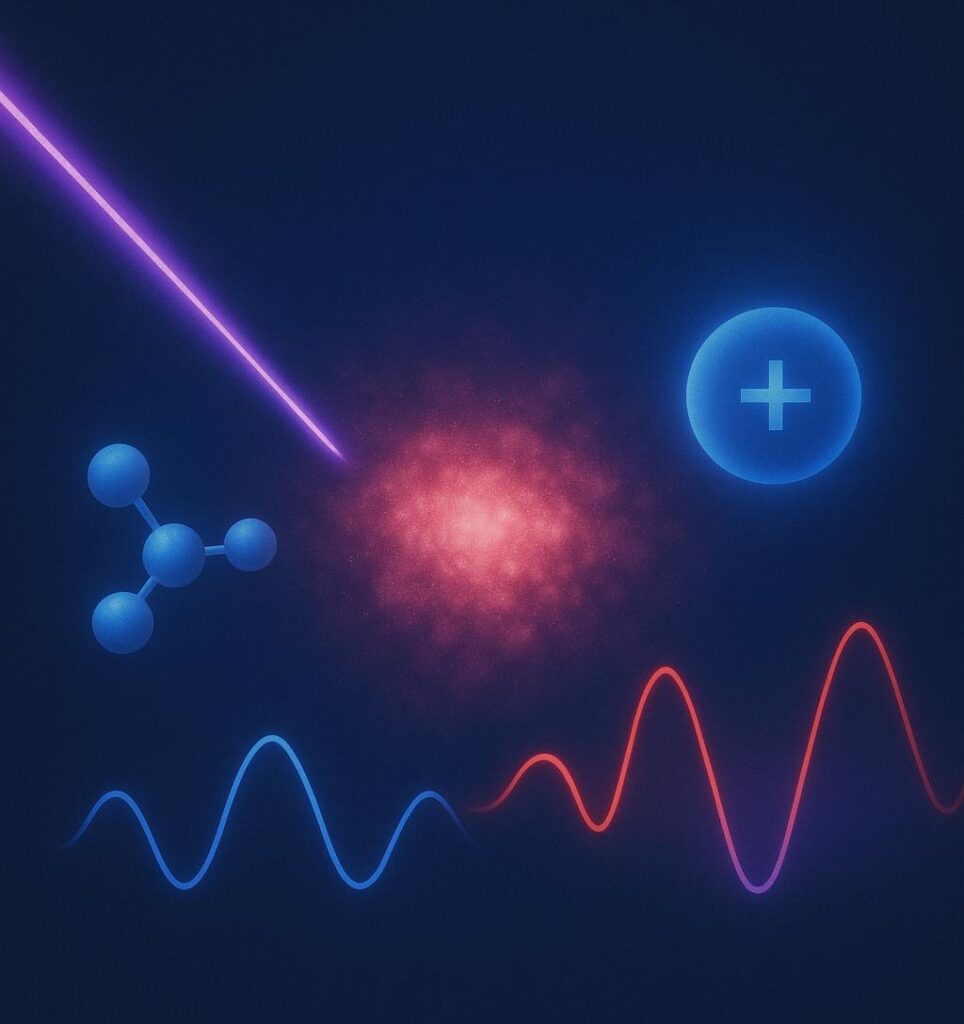
The fast development in atomic, molecular and optical physics has made it possible to manipulate and measure individual quantum particles precisely and in a scalable way, for both studying fundamental quantum few and many-body physics and developing metrological and computational technologies. This conference brings experts in the wide fields of ultracold atoms, molecules, ions, cavity QED and ultrafast laser for discussions and explorations in the quantum frontier.
HK Forum on Quantumology Successfully Held to Celebrate the International Year of Quantum Science and Technology | 香港量子学论坛圆满举行 共庆国际量子科学与技术年
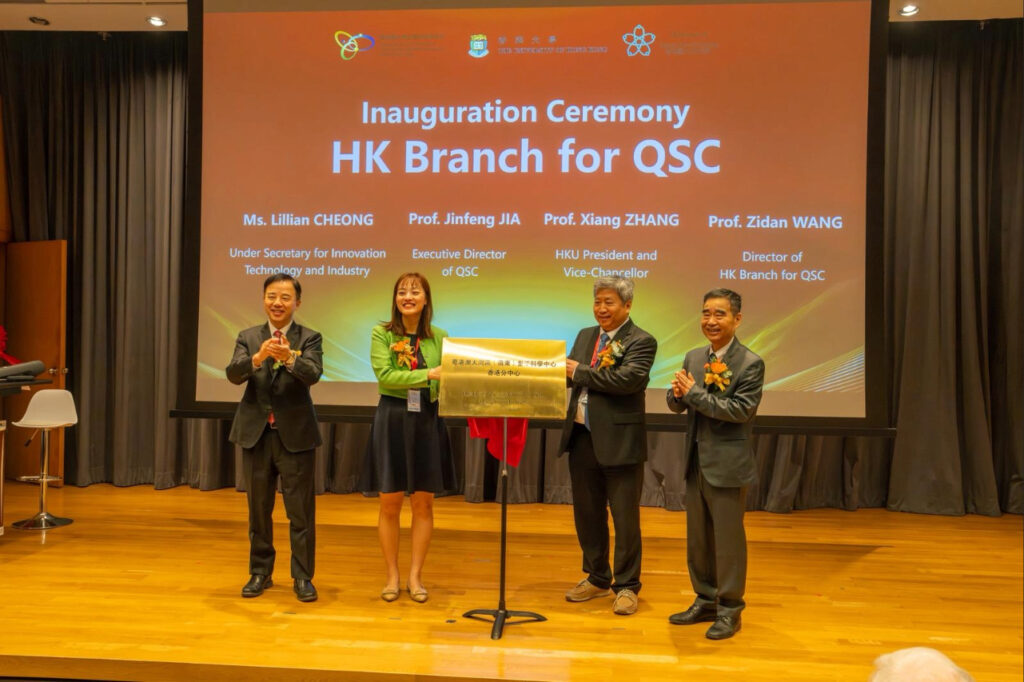
To commemorate the “International Year of Quantum Science and Technology,” the HK Forum on Quantomology was grandly held on Sunday, November 23, 2025, at the Rayson Huang Theatre of the University of Hong Kong. The forum brought together top scholars and industry leaders from around the world, creating a star-studded event that featured in-depth discussions on cutting-edge developments and interdisciplinary collaborations in quantum science. The event concluded with resounding success.
The forum opened with a welcome address by Prof. Xiang Zhang JP, President of the University of Hong Kong. He emphasized that the university’s “Vision 2026–2035: Creating Impact Through Leadership” outlines its strategic direction to become a world-class institution that leads globally and shapes the future of humanity. He noted that HKU is increasing investment in interdisciplinary research and emerging technologies, particularly in quantum science and artificial intelligence, to tackle major global challenges.
Prof. Qikun Xue, Academician of the Chinese Academy of Sciences and Director of the Guangdong-Hong Kong-Macao Greater Bay Area Quantum Science Center, also delivered a speech online. He expressed his delight at the gathering of distinguished guests to celebrate the official establishment of the Hong Kong Branch of the Greater Bay Area Quantum Science Center. Reflecting on the center’s founding in 2023, Prof. Xue highlighted its mission to leverage regional strengths and advance quantum science. He noted a major milestone in December 2024 when the Hong Kong Branch received official approval. He expressed hope that the branch would become a vital platform for integrating research efforts across Hong Kong and the Greater Bay Area, fostering deeper collaboration.
The forum also received strong support from the Hong Kong SAR Government. Ms. Lillian Cheong, JP, Under Secretary for Innovation, Technology and Industry, HKSAR government attended the event and officiated the inauguration ceremony of the Hong Kong Branch. In her speech, she emphasized that the forum, as a key celebration of the International Year of Quantum Science and Technology, successfully brought together global academic and industry leaders, injecting powerful momentum into Hong Kong’s development as an international innovation and technology hub. She reaffirmed the government’s commitment to building a robust innovation and technology ecosystem and called on all sectors of society to work together to create a bright future for Hong Kong’s tech development.
The forum featured an impressive lineup of keynote speakers, including:
– Prof. Richard Jozsa, University of Cambridge, FRS, UK
– Prof. Qikun Xue, Director of QSC & President of SUSTech, MCAS, China
– Prof. Donglai Feng, President, ShanghaiTech University, MCAS, China
– Prof. Xiangang Wan, Chang-Jiang Professor, Nanjing University, China
Attendees expressed that the insights shared by the speakers were deeply inspiring.
The afternoon’s invited talks were equally engaging, with speakers including:
– Prof. Xianmin Jin (Turing Quantum and Shanghai Jiao Tong University, China)
– Prof. Jeff Ou (City University of Hong Kong, HKSAR)
– Prof. Nicholas Xuanlai Fang (The University of Hong Kong, HKSAR)
– Prof. Jianhua Hao (The Hong Kong Polytechnic University, HKSAR)
– Prof. Sen Yang (Hong Kong University of Science and Technology, HKSAR)
– Prof. Tian Lan (The Chinese University of Hong Kong, HKSAR)
The highly anticipated roundtable forum brought the event to a climax. Prominent guests engaged in lively discussions on the future of quantum technology, international collaboration, and industrial applications, sparking a vibrant exchange of ideas. Roundtable participants included:
– Prof. Richard Jozsa (University of Cambridge, FRS, UK)
– Prof. Donglai Feng (President, ShanghaiTech University, MCAS, China)
– Prof. Jinfeng Jia (Vice President, Southern University of Science and Technology, MCAS, China)
– Prof. Xianmin Jin (Turing Quantum & Shanghai Jiao Tong University, China)
– Prof. Jeff Ou (City University of Hong Kong, HKSAR)
– Prof. Xuanlai Fang (The University of Hong Kong, HKSAR)
The roundtable forum was moderated by Prof. Sen Yang of the Hong Kong University of Science and Technology. The lively atmosphere fully showcased the vibrant growth and promising future of the quantum science field.
This forum not only celebrates the International Year of Quantum Science, but also marks Hong Kong’s emergence onto the global stage in the field of quantum research. The organizers expressed hope for more collaborations in the future to drive quantum innovation across the Greater Bay Area.
【香港讯】为庆祝“国际量子科学与技术年”,香港量子学论坛于2025年11月23日(星期日)假香港大学黄丽松讲堂隆重举行。论坛汇聚多位来自海内外的顶尖学者与业界精英,星光熠熠,围绕量子科学的前沿发展与跨界合作展开深入探讨,活动取得圆满成功。
论坛伊始,香港大学校长张翔教授致欢迎辞。他指出,香港大学《2026–2035愿景:以领导力创造影响》确立了学校的发展方向,致力于成为引领全球、改变人类未来的世界一流大学。港大正加大对跨学科研究和新兴技术的投入,尤其是在量子科学与人工智能领域,以应对全球重大挑战。
中国科学院院士、粤港澳大湾区量子科学中心主任薛其坤教授亦在线上发表致辞。他表示,众嘉宾齐聚一堂,共同庆祝大湾区量子科学中心香港分中心的正式成立。薛教授回顾中心自2023年成立以来,始终致力于汇聚区域优势,推动量子科学发展,并在2024年12月迎来重要里程碑——香港分中心获批设立。他期望该分中心成为融合香港与大湾区科研力量的重要平台,推动更深层次的合作。
本次论坛亦获得香港特区政府的大力支持。创新科技及工业局副局长张曼莉女士亲临出席,并担任香港分中心揭牌仪式的主礼嘉宾。她在致辞中表示,论坛作为国际量子科学与技术年庆祝活动的重要组成部分,成功汇聚全球顶尖学者与业界翘楚,为香港建设国际创新科技中心注入强大动能。她强调,特区政府将继续积极推动创新科技生态建设,期望社会各界携手并进,共创香港科技发展的美好未来。
论坛主旨演讲嘉宾阵容强大,包括:
– Richard Jozsa (教授英国剑桥大学、英国皇家学会院士)
– 薛其坤 教授 (中国科学院院士、南方科技大学校长)
– 封东来 教授 (中国科学院院士、上海科技大学校长)
– 万贤纲 教授 (中国南京大学长江特聘教授)
与会者纷纷表示,嘉宾们的真知灼见令人深受启发。
下午的特邀演讲同样精彩纷呈,讲者包括:
– 金贤敏 教授(图灵量子与上海交通大学)
– 区泽宇 教授(香港城市大学)
– 方绚莱 教授(香港大学)
– 郝建华 教授(香港理工大学)
– 杨森 教授(香港科技大学)
– 兰天 教授(香港中文大学)
此外,备受期待的圆桌论坛更是将论坛气氛推向高潮。多位重量级嘉宾围绕量子科技的未来发展、国际合作与产业应用等议题展开热烈讨论,思想碰撞火花四溅。参与圆桌论坛的嘉宾包括:
– Richard Jozsa 教授(剑桥大学,英国皇家学会院士)
– 封东来 教授(上海科技大学校长,中国科学院院士)
– 贾金锋 教授(南方科技大学副校长,中国科学院院士)
– 金贤敏 教授(图灵量子与上海交通大学)
– 区泽宇 教授(香港城市大学)
– 方绚莱 教授(香港大学)
圆桌论坛由香港科技大学杨森教授主持,现场气氛热烈,充分展现了量子科学领域的蓬勃发展与广阔前景。
此次论坛不仅庆祝量子科学年,更标志香港在量子领域迈向国际舞台。主办方表示,期待未来更多合作,推动大湾区量子创新。
CTCP Seminar: “Torsional Hall Viscosity of Massive Chern Insulators” by Dr. Weizhen JIA on Wednesday, November 26, 2025, 4:00pm Room 522, 5/F, Chong Yuet Ming Physics Building, HKU

In this talk I will discuss a non-dissipative, parity-odd transport of (2+1)-dimensional relativistic fermions generated by torsion, namely the torsional Hall viscosity. After introducing the torsional Hall viscosity of massive Dirac fermions, I will discuss two experimentally relevant deformations of this phenomenon. Firstly, in the presence of a constant electromagnetic field, we find that the magnetic field induces a contribution to the torsional Hall viscosity that competes with the one originating from the Dirac mass. Then, we consider the band structure deformation quadratic in momentum terms that was proposed by Bernevig–Hughes–Zhang (BHZ). We find that the BHZ deformation enhances the torsional Hall viscosity in magnitude, but reverses its sign as compared to the standard massive Dirac fermion, indicating a Hall response in opposite direction to the typical Hall viscous force. Nevertheless, the torsional Hall viscosity still discriminates between topologically trivial and nontrivial regimes. These results pave the way for a deeper understanding of the topological response due to torsion and its possible verification in experiments.
“Complex shaping of light: metamaterial design and topology” by Dr. Haiwen WANG on Wednesday, November 12, 2025, 3:00pm Room 522, 5/F, Chong Yuet Ming Physics Building, HKU

Shaping and controlling electromagnetic waves have wide-ranging scientific and practical implications. In this talk, I will present a few theoretical proposals to generate novel topological structures in light. In particular, I show that the transmission nodal lines are general topological responses from non-local metasurfaces and can be used to generate spatiotemporal optical vortices. Additionally, I discuss the possible topological structures that can occur in electromagnetic waves. I show that three-dimensional topological structures, known as hopfions and Shankar skyrmions can be created in free-space electromagnetic waves. Such complex shaping of light may be used for optical emulation of new topological physics, or be used in optical trapping and manipulation applications.
“High-Tc superconductivity based on low-dimensional materials platforms” by Prof. Zhenyu ZHANG on Thursday, November 6, 2025, 4:30pm Room 522, 5/F, Chong Yuet Ming Physics Building, HKU

Discoveries of new superconductors with high transition temperatures have been a perpetual drive of condensed matter physics. In this talk, I attempt to give an overview on recent advances in this vibrant area, with some of own stories squeezed in. We start from predictive designs of freestanding or supported superconducting monolayers that may exhibit high-Tc superconductivity, as well as low-dimensional systems that display exotic Ising, chiral, or p-wave superconductivity. On the mechanistic side, I will demonstrate how plasmonic excitations or pronounced correlation effects can enhance the superconductivity of iron-based superconductors, and predict designer substrates that may optimize the strain in La3Ni2O7 thin films for maximally enhanced Tc.
“Epitaxial Large-gap topological insulator on semiconductor for seamless device integration” by Prof. Feng LIU on Thursday, November 6, 2025, 3:30pm Room 522, 5/F, Chong Yuet Ming Physics Building, HKU
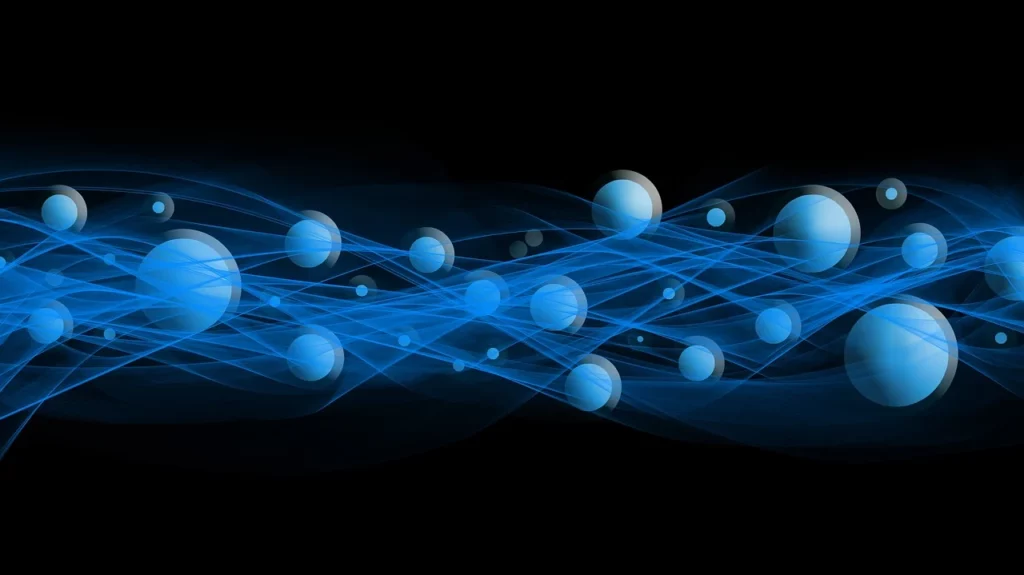
Significant advances have been made in fundamental research of topological insulators (TIs), yet their device applications remain elusive. We propose an approach towards seamless integration of two-dimensional (2D) TIs into semiconductor devices. Using first-principles calculations, we show that heteroepitaxially grown III-V semiconductor ultrathin films can self-convert into 2D TIs. Remarkably, on GaSb(111) monolayer GaAs1-xBix becomes universally a 2D TI at any alloy concentration, x, enabled by natural formation of semiconductor heterojunctions. For the GaAs-rich monolayer, having type-II (III) band alignment with GaSb, an intriguing interfacial band offset inversion emerges between surface Ga-s and substrate Sb-p bands; for the GaBi-rich monolayer, with type-I (I’) alignment, the conventional intra-surface band gap inversion arises between Ga-s and Bi-p bands. The lattice-matching epitaxy of GaAs0.25Bi0.75 alloy enables growth of thin-film 2D TIs with a gap up to ~330 meV. Our findings pave the way to engineering wafer-scale large-gap 2D TIs to potentially operate at room temperature.
HK Forum on Quantumology 香港量子學論壇| Sunday, 23 November 2025 | RHT HKU
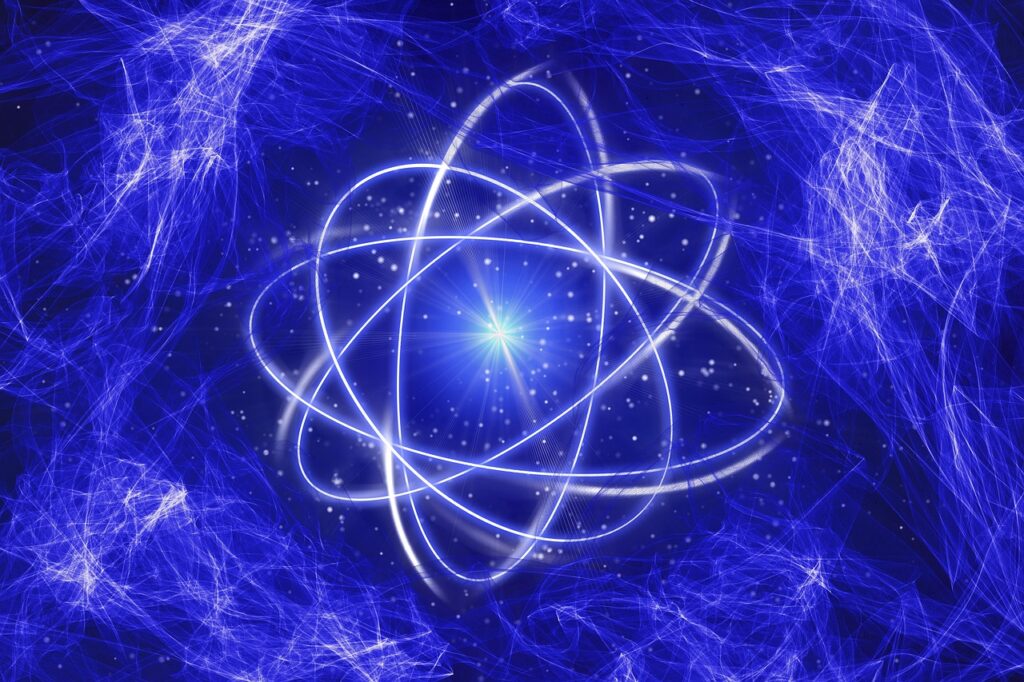
We are pleased to announce the HK Forum on Quantumology香港量子學論壇 , held in celebration of the International Year of Quantum Science and Technology (IYQ). The event is organized by the HK Institute of Quantum Science and Technology in collaboration with the HK Branch of the Quantum Science Centre of the Guangdong-Hong Kong-Macau Greater Bay Area.
Scheduled for 23 November 2025 at the Rysan Huang Theatre, of HKU, this event offers a distinguished platform for academic exchange, collaboration, and innovation in quantum science and technology.
You are cordially invited to participate in a series of engaging activities, including keynote and invited talks, as well as roundtable discussions featuring leading quantum scientists.
Physics Colloquium: “Cold-atom quantum sensing via Bayesian quantum estimation” by Prof. Chaohong LEE on Wednesday, October 22, 2025, 10:30 am MWT2, G/F, Meng Wah Complex, HKU
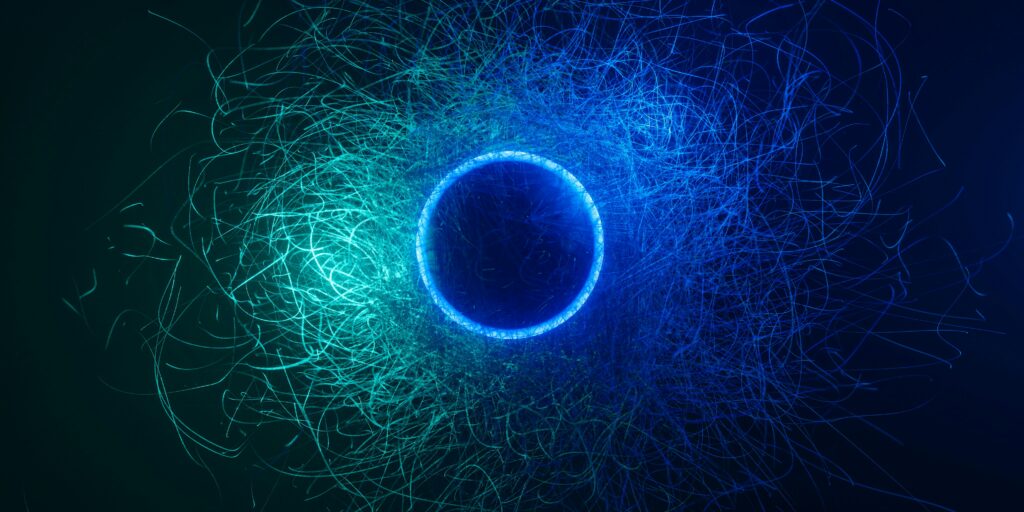
Quantum sensors based on frequentist interferometry face a trade off between
sensitivity and dynamic range Bayesian quantum estimation, combining Bayesian
statistics with quantum metrology, can surpass the limit of conventional frequentist measurements For cold atom CPT clocks, our adaptive Bayesian protocol achieves
Heisenberg limited sensitivity in integration time and improves fractional frequency
stability by 5 1 4 dB over conventional PID locking while enhancing robustness against
technical noise In CPT magnetometry, we optimize measurement sequences to
improve precision scaling from T 0 5 to T 0 85 Using Bayesian quantum estimation to
optimize the interferometry sequence, we yield a 145 6 nT dynamic range 14 6 dB
higher than frequentist counterpart of 5 0 nT) with a sensitivity of 6 8 0 1 pT/Hz¹ ² 3 3
dB improvement over the frequentist counterpart of 14 7 0 4 pT/Hz¹ ²) In addition to atomic clocks and magnetometers, this framework may bridge high sensitivity and broad dynamic range for other interferometry based quantum sensors.
CTCP Seminar “A 2D-CFT Factory: Critical Lattice Models from Competing Anyon Condensation in SymTO” by Prof. Yidun WAN | September 25, 2025, 4:30pm Room 522, 5/F, Chong Yuet Ming Physics Building
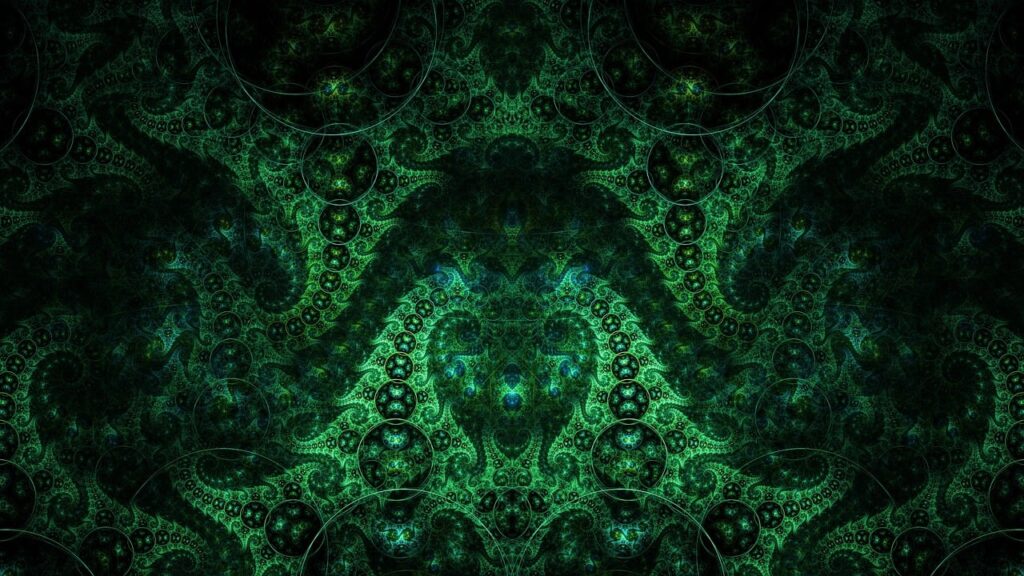
In this talk, we shall introduce a CFT factory – a novel algorithm of methodically generating 2D lattice models that would flow to conformal field theories (CFTs) in the infrared. We realise these models by engineering the boundary conditions of 3D topological orders (SymTOs) described by string-net models. The critical points are induced by a commensurate condensation of non-commuting anyons. Our structured method generates an infinite family of critical lattice models, including the A-series minimal models, and uncovers previously unknown critical points. Notably, we discover at least three novel CFTs (with central charge c around 1.3, 1.8, and 2.5) that preserves the Haagerup symmetries, in addition to recovering previously reported examples. The non-invertible symmetries preserved at these points are dictated by a novel “refined condensation tree”. The condensation trees predict large swathes of phase boundaries and sieves out second order phase transitions. This predictive power is illustrated not only in well-studied examples, such as the 8-vertex model associated with the A5 category, but also in new cases involving Haagerup symmetries, validated by an improved symmetry-preserving tensor-network renormalization group method. The critical couplings are precisely encoded in algebraic data (the Frobenius algebras and quantum dimensions of unitary fusion categories), thereby establishing a powerful and systematic route to the discovery and potential classification of new CFTs.